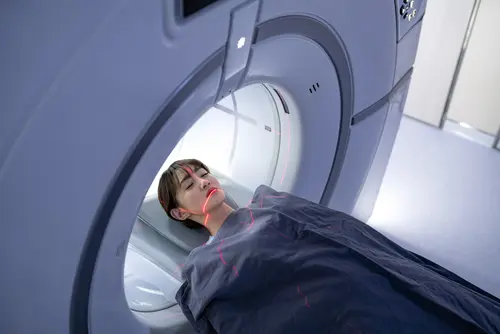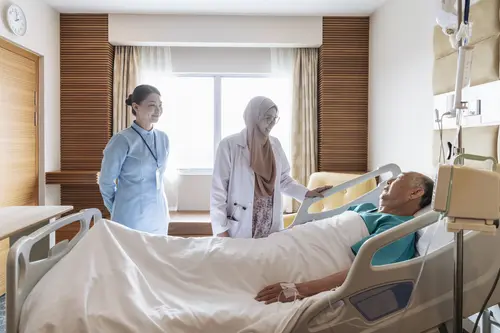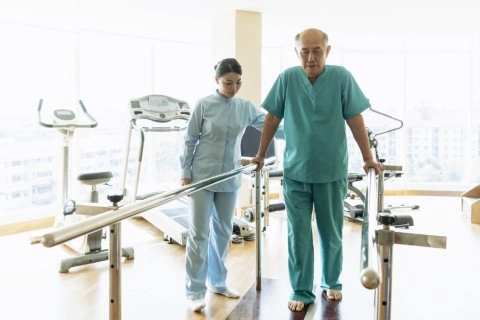
What is Minimally Invasive Surgery (MIS)?
MIS, also called laparoscopic surgery/ “keyhole” surgery, is a modern surgical technique in which operations are performed through small incisions (usually 0.3–1.5cm) as compared to larger incisions needed in traditional surgical procedures. Traditionally, surgery used to be performed via large incisions to afford easy access and visibility. However, MIS has now developed to such an advanced stage that every known open procedure can be performed via the MIS technique.
MIS has several benefits:
- Shorter hospital stay
- Faster recovery
- Better cosmesis
- Lesser pain
- Lesser blood loss
- Cost effective
We offer the management of minimally invasive surgeries across multi-disciplines which include:
| Specialty | Types of Surgery |
|---|---|
| Bariatric (Obesity) Surgery |
|
| ENT & Neurosurgery |
|
| General Surgery |
|
| Gynaecology |
|
| Neurosurgery |
|
| Orthopaedic |
|
| Paediatric Surgery |
|
| Paediatric Urology |
|
| Surgical Oncology |
|
| Thoracic Surgery |
|
| Urology |
|
Access and Monitoring
The cavity (chest, abdomen or joint) is accessed through small ports and the cavity is inflated with carbon dioxide (safe and harmless for this purpose) to provide a large and unobstructed view of the organ being operated on, as the rest of the other organs are pushed away from the operative site.
Trocars (5-10 mm. tube cylinders) are inserted through the thumb-size ports and, through one of these trocars, a flexible fiber-optic scope with a lens (lighted magnifying video-camera) at the tip is inserted. This will send real time and live images (high definition) to a TV monitor for everyone in the operating room to view as the surgeon manipulates the various instruments to perform the surgery. Through the other ports are inserted the long stem needle (suture) holder, scissors, grasping/dissecting instrument, endoknife, suction tip, etc. The images on the monitor are magnified to about 5 times the normal size of the structures for easier surgery.
Recovery
After surgery, patient will be taken to the recovery room to allow the effects of anaesthesia to wear off and subsequently warded for post-operative care. Assessment and treatment of pre-cancers including vulvoscopy, colposcopy and loop excision.
If required, patient may request for pain relief options such as:
- Oral/ intravenous medication
- Nurse or patient-controlled analgesia (NCA or PCA). (The amount of pain relief needed can be adjusted by either the nurse or the patient.)
After surgery, patient may not be able to eat or drink for a few hours and will be put on an intravenous drip.
Although the recovery period may vary, depending on the type of surgery performed, most patients feel well enough to resume their normal activities and return to work a week after the operation. Your doctor will advise when you can take up more vigorous activities and sports.
Follow-ups
Patients will be asked to come back for review upon their discharge from the hospital. Please consult the doctor if any of the following symptoms develop:
- Intense pain (which medication does not seem to relieve)
- Wound sites that are red, inflamed and feel warmer than the surrounding skin
- Oozing from the wound sites





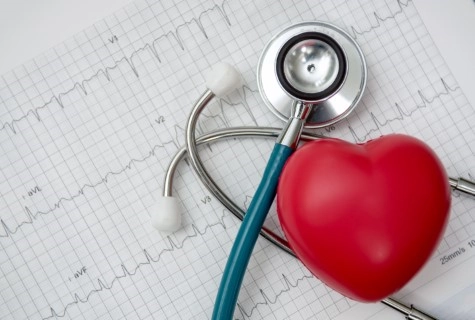
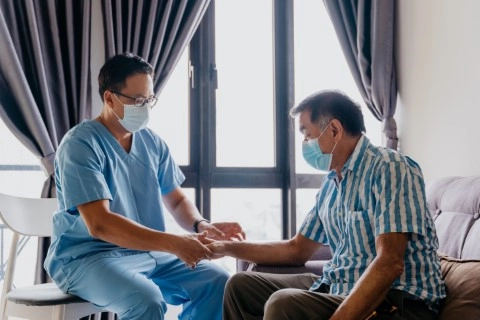
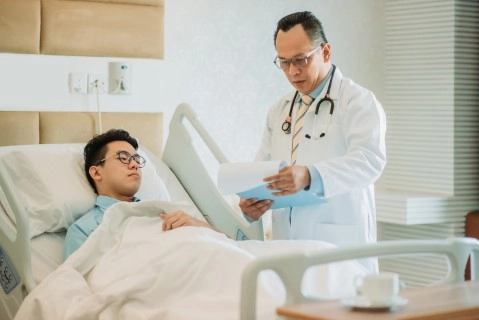
-500x500.webp?sfvrsn=60351b85_7)

